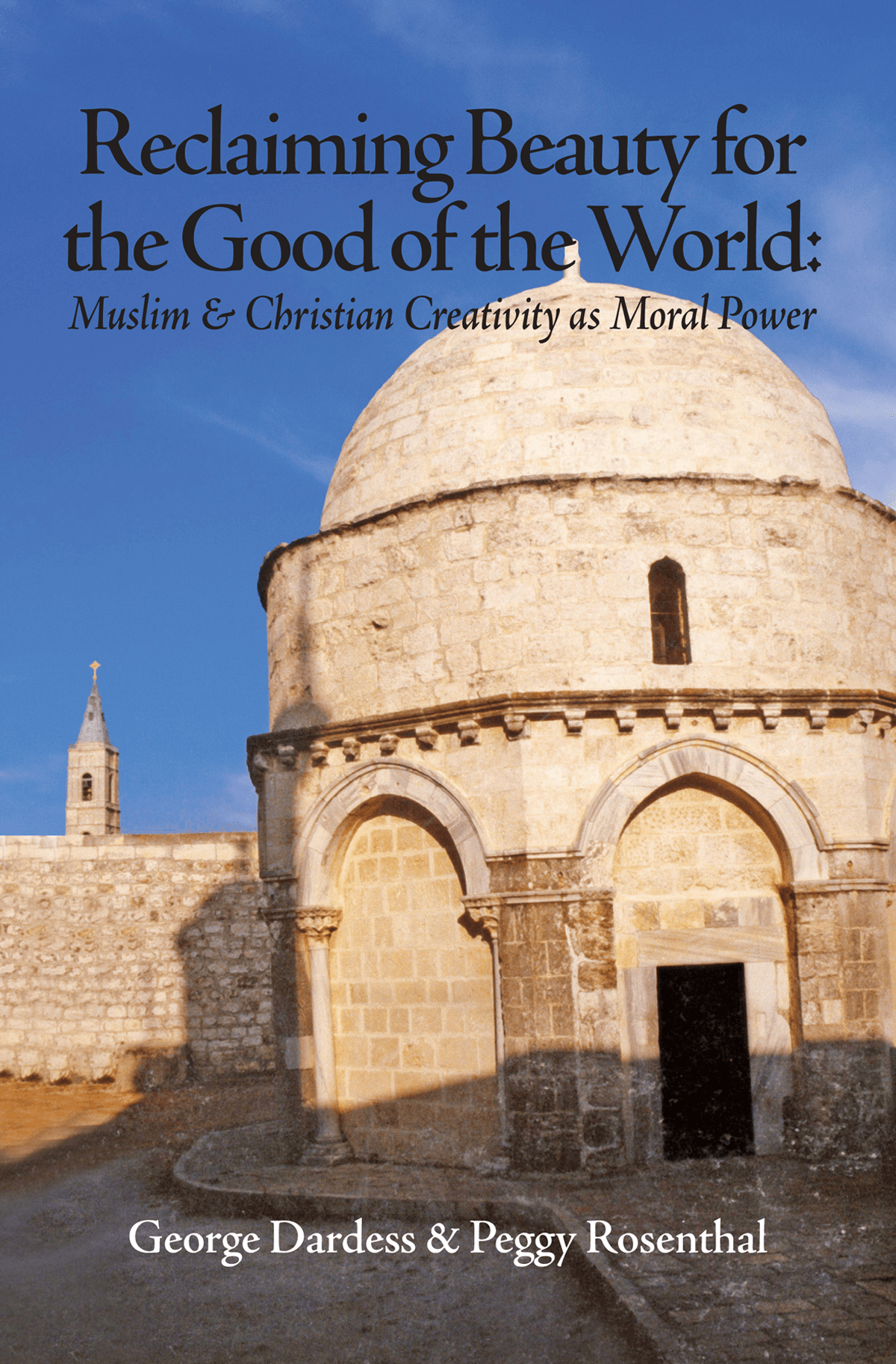The book is divided into three Parts.
-Part One shows the centrality of God’s Beauty in both faiths.
-Part Two presents the sacred arts of both religions, with special attention to contemporary Christian and Muslim artists’ honoring of God’s Beauty.
-Part Three focuses on Christians’ and Muslims’ honoring of God’s Beauty in their behavior. Again, we focus on contemporary examples.
-After each Part we include a dialogue between a representative Christian and Muslim in which the two religions reflect, honestly and joyfully, on their similarities and differences.
Celebrating Fons Vitae’s interfaith works with a review by esteemed scholar Dr. Ingrid Mattson of Reclaiming Beauty for the Good of the World:
“As president of the Islamic Society of North America (ISNA), from 2006-2010, I and my colleagues have constantly been seeking ways to lessen the barriers between Islam and other faiths, Christianity in particular. This effort is especially urgent at this sad time when lslamophobia is virulent. A few years ago, ISNA opened an Interfaith center and offices in Washington DC devoted to such bridgebuilding under the leadership of Dr. Syed Muhammed Syeed as its National Director. Our magazine, Islamic Horizons, which reaches thousands of Americans – Muslims and other people of faith – gives regular attention to interfaith connectedness.
That many Muslims and Christians have come to profoundly mis-trust one another has led to a now dire situation, needing creative solutions and remedies. This volume, lovingly written by George and Peggy Dardess is a true contribution.
They themselves provide an excellent role model for openness and learning. Both converted to Catholicism and George observed he knew little of other faith traditions, so he took it upon himself to visit a local mosque where he subsequently learned some Arabic, Quranic recitation and came to love the people in that community.
What a wonderful and new approach this book takes! It is more than a careful and inviting presentation of beauty as understood and practiced in its many forms Christianity and Islam, and expounded by the artists they met and befriended.
What strikes the reader are the manners and politeness which permeate the presentation in which George, representing a Muslim, and Peggy, representing a Christian, present aspects of beauty to one another. This demonstrates the way we need to present ideas to each other — with a proper care and precious awareness. The unusual and useful way each section of the book is concluded is a further example of how our two different perspectives can learn respectfully. Following each topic, there is an actual “conversation” between a Christian and a Muslim – where neither feels shy about asking the other the honest and sticky questions of real concern. No one is embarrassed to mention what is in his or her heart that prevents full accord. What this book shows is how to ask those difficult questions and have that lead to an openness and admiration of the “other”. The content and creative approach of this work provide us with a new platform upon which dialogue and conversation can flourish
The award and recognition being sought by this submission is devoted to “the beauty of creativity and the power of great ideas to change and enhance our world. This book succeeds in both this way as well the envisioned audience being lay people who can benefit greatly by the ideas in the book.”
